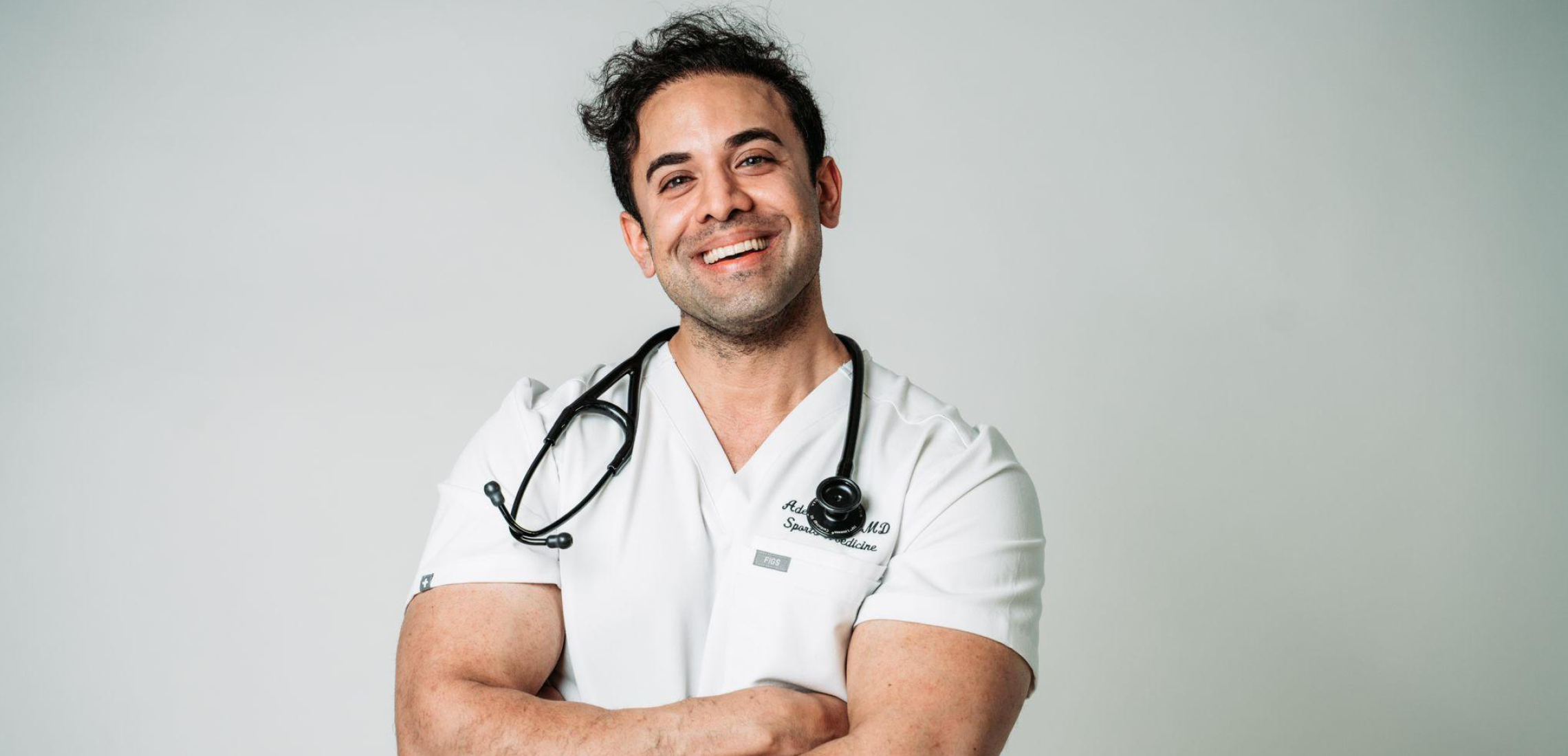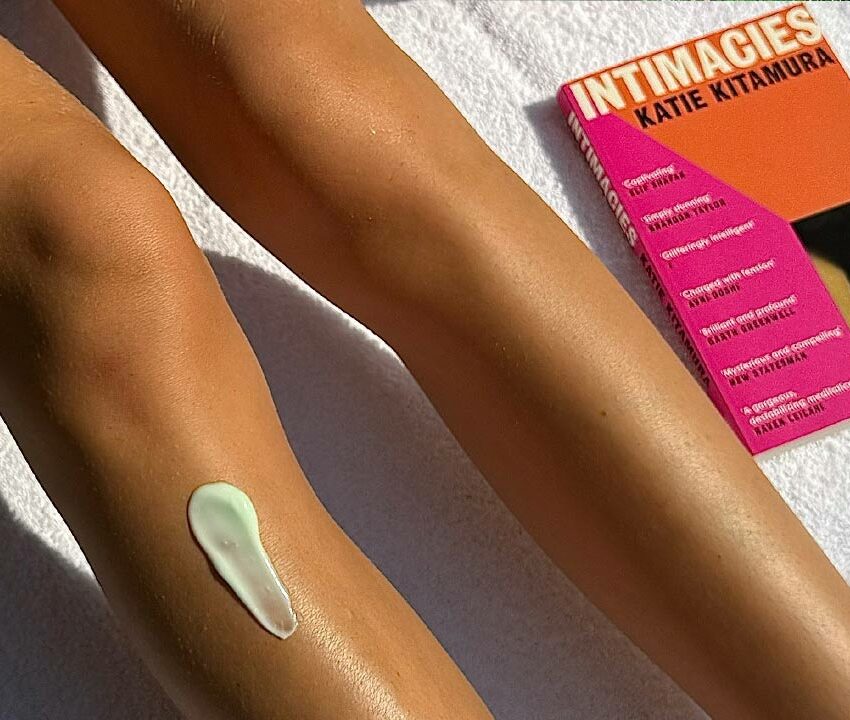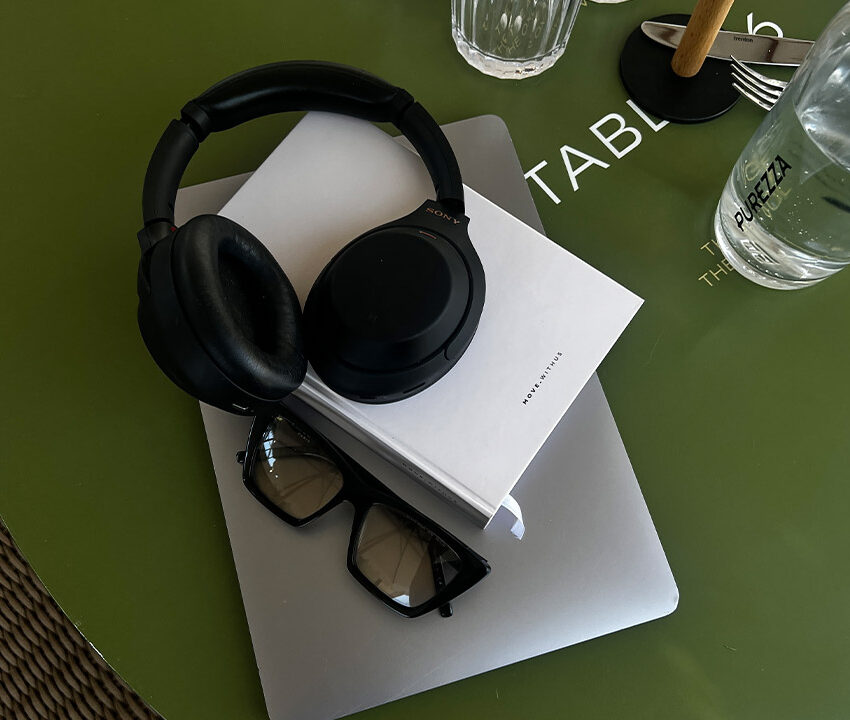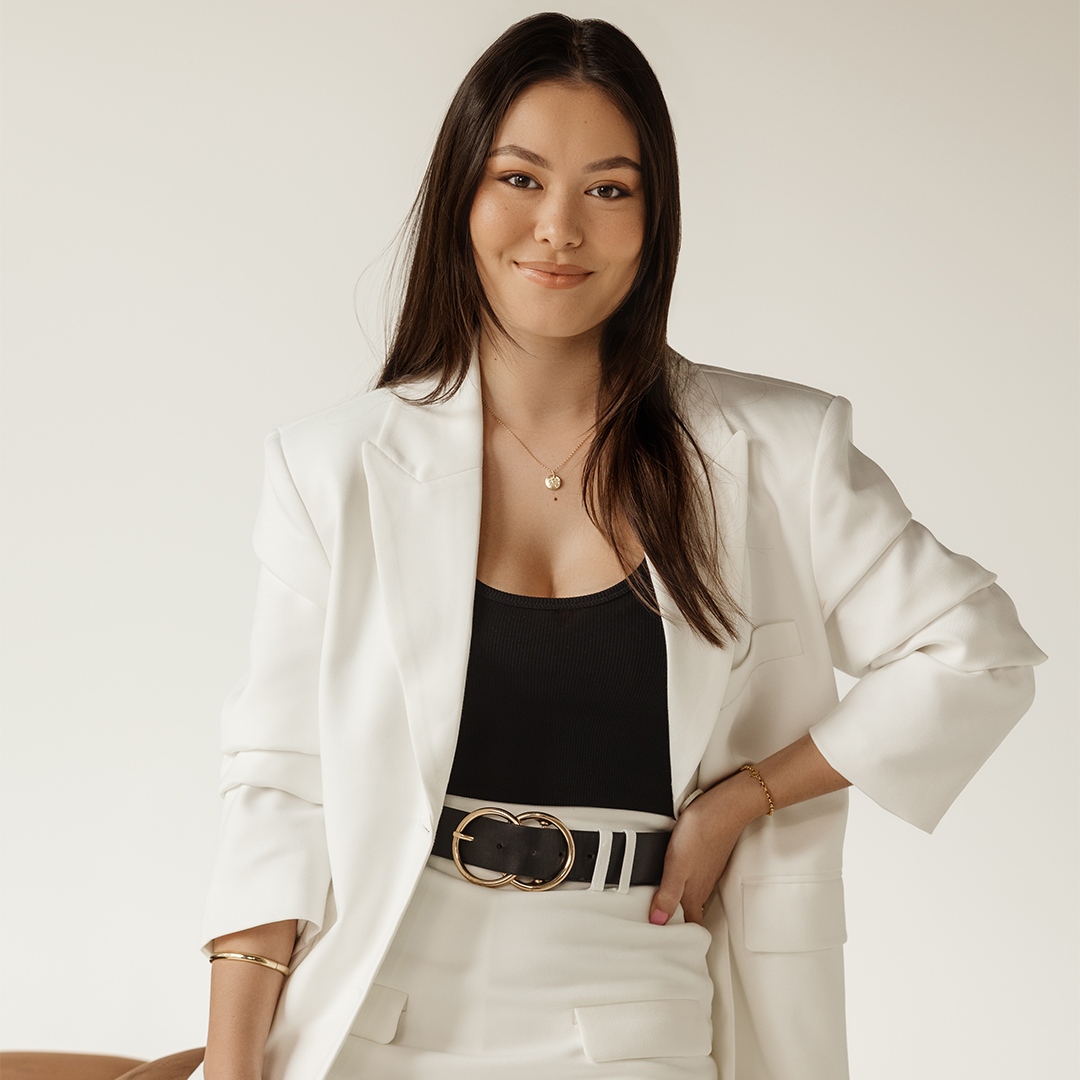
The Future Of Stem Cell Therapy With Dr Adeel Khan
By Natalie McGowan | 2nd October 2024In recent years, the field of medicine has experienced groundbreaking advancements that are changing the way we approach chronic diseases, aging, and overall health. From the pursuit of longevity to reversing once-irreversible conditions, the future of medicine is shifting. One of the most promising and exciting developments in this space is stem cell therapy – a regenerative technique that has the potential to restore tissue, rejuvenate organs, and even reverse chronic diseases.
Leading the way in this cutting-edge field is Stem Cell Therapy and Longevity Specialist, Dr Adeel Khan from Eterna Health. Ahead of his presentation at the 2025 KAILO Summit next May, we caught up with him to hear his insights and learn more about his research.
Can you explain how stem cell therapy works?
Stem cells work by two main processes: self-renewal and differentiation. Think of stem cells like a master key. The master key has the capability of replicating itself and making other master keys AKA self-renewal, or it can turn into a specialised key, which only opens specific doors or has specific tasks. That would be like making a specific key to a specific door. Stem cells are essentially capable of turning into new tissue and replicating themselves in order to repair tissue. Stem cell therapy works by harnessing the power of stem cells that are inherently in our body by isolating them and injecting them or infusing them directly into the body. However, the biggest problem is most stem cells will have 99% viability in test tubes. But, when they go into the body, most of the stem cells don’t survive. This has always been the problem with stem cell therapy. We’re finally in an era where we can isolate a specific subpopulation of stem cells called MUSE stem cells. These are the stem cells that can actually survive and do what stem cells are designed to do, which is to repair and regenerate tissue or to turn into new types of tissue.
What excites you most about the future of regenerative medicine and its potential impact on human health?
What excites me the most is the impact it can have on chronic diseases. Chronic diseases are what put the most strain on the medical system and acute exacerbation of them is what puts strain on the hospital systems. Regenerative medicine can potentially reverse or prevent these chronic diseases in the first place. It can also put these diseases into remission instead of just managing the symptoms because it changes the underlying cellular dysfunction and restores the body back to a previous state, as opposed to just giving a prescription for a chronic disease.
In what ways do you believe these therapies could change the overall approach to healthcare and disease management?
Instead of going to drugs and surgery as a first-line intervention for many of these chronic diseases, regenerative medicine can become the first-line therapy. This is because it not only has less risk, but it also has similar if not better outcomes. So many surgical interventions, for example, with rotator cuff tears, don’t have great surgical outcomes and you can fix many of these tears without surgery, using regenerative medicine, which has less risk and the same, if not better, outcomes. It could change the overall approach because instead of relying on interventions that are riskier or have potentially not great outcomes, you could basically use regenerative medicine as an alternative to drugs and surgery.
Have there been any major advancements in the field recently?
The biggest advancements in the regenerative medicine field have been induced pluripotent stem cells (iPSCs), which use cellular reprogramming, using the Yamanaka factors or four transcription factors when overexpressed makes old cells turn young again. This can essentially be used to program cells by overexpressing these pluripotent genes. And this is a hot area of research because these iPSCs have the ability to turn into any type of cell. But the risk with them has always been turning into tumours or cancer, so we’re working with iPSCs that have a fail-safe technology built into them so they don’t cause tumours or cancer. We are looking into programming them into specific types of cells. For example, one of the projects we are planning to work on is making iPSCs into beta islet cells And then these can be transplanted into the pancreas to potentially cure Type 1 diabetes.
I would like to add that while iPScs are not new, what is new is their clinical translation, which means we are actually putting them into patients and clinical trial results are starting to come out. For example, there was a study in Parkinson’s Disease where they created iPSC dopamine-producing neurons. Basically, cells are programmed to produce new neurons that produce dopamine for Parkinson’s Disease and they are able to transplant them into the brain and successfully treat Parkinson’s patients.
What will be your key talking points at The Kailo Summit?
My talk will be focused on the latest advancements in stem cell and gene therapies and how they can be used to potentially reverse the aging process. I will delve into the future of regenerative medicine, discussing how these therapies can repair and regenerate organs and muscles, enabling us to potentially live longer.
What are you most looking forward to at the summit?
I’m always looking forward to learning from others and a summit like this really brings together the best of the best from around the world. My biggest passion is health and wellness, so a summit like this is not only educational but a lot of fun. It’s a wonderful opportunity to exchange insights and gain new perspectives along the way! I believe in the importance of continuous learning and expanding one’s knowledge, which is why summits like this are invaluable. I’m originally from Canada, primarily working in Dubai, and so I love meeting people from different countries and experiencing their cultures. I look forward to spending some time in Australia.
Is there anything you’d like to check out while you’re in Brisbane?
I actually vacationed in Australia about 10 years ago and I fell in love with it! One of my fondest memories was visiting the Gold Coast. It was just so gorgeous with the best seafood. I also really enjoyed snorkelling in the Great Barrier Reef. The weather in June was so beautiful. I remember telling a store owner how warm it felt and he told me this was winter, which was funny because I am Canadian and our winters are… well freezing. I also have a friend who lives in Brisbane. We both went to university together in Canada, so I am looking forward to catching up with him.









